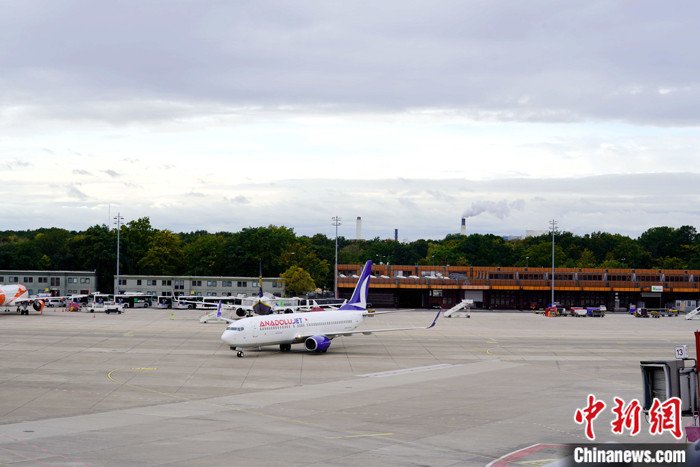8th, the Berlin Tegel Airport, which was opened in 1948, took off the last flight, marking the official end of operation of the legendary largest airport in the German capital.

Tegel Airport is located north of central Berlin. It has completely experienced the whole process of Berlin’s divisional occupation after the end of World War II, the division of Germany, the Cold War and the reunification of Germany. Because it is only a few kilometers away from the city center, and the terminal building has a unique hexagonal shape, it greatly shortens the time from the city to the airport and boarding after arriving at the airport, making Tegel a favorite among frequent travelers.
In the early 1990s, following the reunification of the two Germanys, the German Parliament decided to move the capital from Bonn back to Berlin. The original airports in East and West Berlin could no longer meet the needs after the capital was moved. So Germany began to build a new Berlin airport in Brandenburg, which borders Berlin. After all the twists and turns and the extension of the construction period for nine years, the new Berlin Airport was finally officially opened on October 31, 2020.
On the afternoon of the 8th, as Air France AF1235 lifted off from Tegel Airport to Paris Charles de Gaulle Airport, the airport, which was described by German media as “integrated into Berlin’s DNA,” officially ended. The last flight conducted by Air France on the same day was also a special tribute to the history of Tegel Airport: in 1960, Tegel Airport opened the first regular commercial route by Air France.
The background of the opening of the new Berlin Airport and the curtain call of Tegel Airport is that Europe is experiencing the second wave of epidemics, and many countries have begun to implement measures such as “closing the city.” According to the latest data released by the Berlin-Brandenburg Airport Company, the air passenger traffic in the Berlin area in October this year dropped by about 82% compared with the same period last year.
According to data released earlier this month by Frankfurt Airport, Germany’s largest airport, its passenger traffic in the first nine months of this year was 16.2 million, a decrease of 70.2% from the same period last year. The airport predicts that its passenger flow this year will drop by more than 70% year-on-year.
The latest financial report of Germany’s Lufthansa Group, Europe’s largest aviation company, shows that it lost 1.3 billion euros in the third quarter of this year. Lufthansa said that if the epidemic situation improves and the passenger flow returns to about 50% before the epidemic, it expects to achieve a “positive” operating cash flow in 2021.



